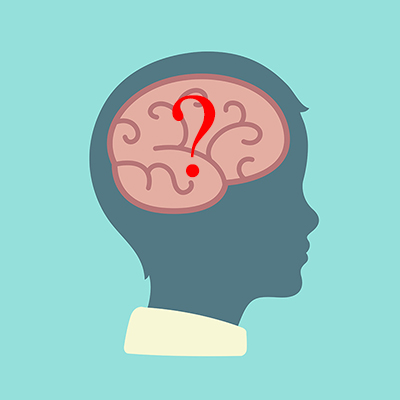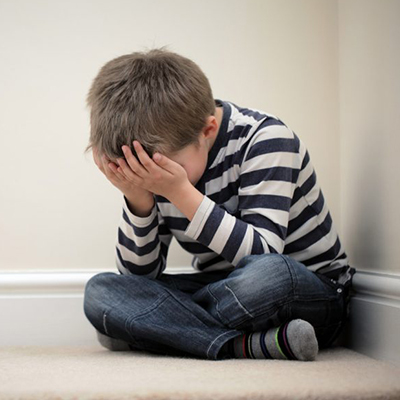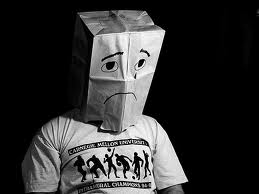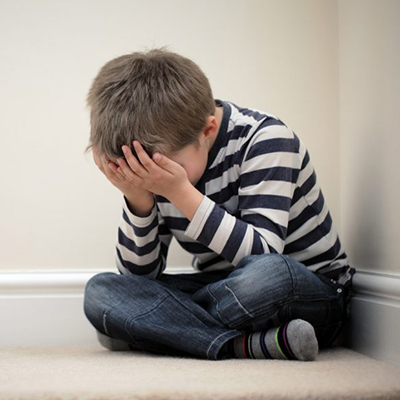“Depression – Let’s talk”, the World Health Day theme 2017 ring an alarm bell in our heart about the presence of this disorder amid our dear n’ near ones. Depression was once thought to be a disease of adults. It is no more considered rare among the children and adolescents, with an incidence of 2 – 4% and 4 – 8 % respectively. A youngster who appears withdrawn and lonely is most likely going through a period of “intense internal emotional turmoil”. They often feel sad and may consistently understand their plight as hopeless. They may frequently show poor concentration, lack of initiation; poor sleep and eating habits, negativity, get tired easily, feel guilty or worthless etc. 
Majority of them may reach the general practitioner or the pediatrician with vague so called ‘functional symptoms’. A recent change in behavior with sad or irritable mood lasting for more than 2 weeks indicates a depression. Unfortunately, these disorders often go unrecognized by families and physicians alike. Early diagnosis and treatment of depressive disorders are critical to healthy emotional, social and behavioral development.
Clinical presentation varies according to the developmental stage of the child. They can be seen as given below:
Preschool child: apathetic, refuses food, unhappy and irritable, looks miserable, frequent crying spells, ‘failure to thrive’, insecure and unhappy child without any physical abnormality.
Middle childhood (Pre-adolescence): Apathy, verbal and motor retardation, and loss of appetite are the classic features of depression in this age group. Other features are: psychosomatic symptoms (e.g., head ache or pain abdomen); decline in academic performance with poor attention and concentration, irritability and social withdrawal, low self-esteem (I am not good enough compared to others), feeling bored and lack of interest in usual activities, sleep and appetite disturbances may be present though less common.
Adolescence: Clinical features are more similar to those of adult depression. Feeling sad, apathetic, lack of energy; sleep and appetite disturbances are more common. Bodily preoccupation, worries over his/her appearance or minor health problems (e.g., acne); suicidal thoughts are relatively common.
Etiology: There are multiple factors which individually or in combination with other factors, could contribute to depression. 
Some points to be considered by a parent or caregivers to alleviate emotional disturbances:
- Use positive reinforcement while disciplining them; avoid overprotecting and over directing.
- Don’t expect absolute compliance. Don’t use your child to fulfill your own unachieved goals.
- Take the problem seriously. It will be important to them and give them a feel of being understood.
- Encourage them to talk to other people (may be a trusted adult friend or grandparents) as well as to you.
- Treatment strategies for Depression – right time; right way; right people
A proper assessment is needed to establish depression – understand the nature, extent and 
Treatment can include a combination of pharmacological management and various psychotherapeutic approaches – Supportive counseling and ways to relieve stress; Cognitive behavior therapy; Interpersonal therapy.
To conclude, Depression is a treatable emotional/behavioral condition. What is needed is treatment by “right technique at right time by right people” (trained mental health professionals).
